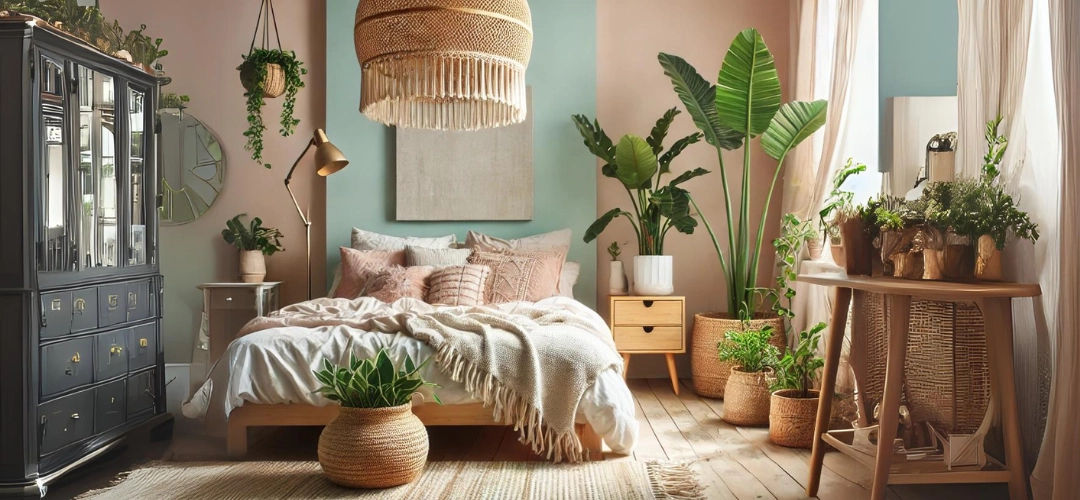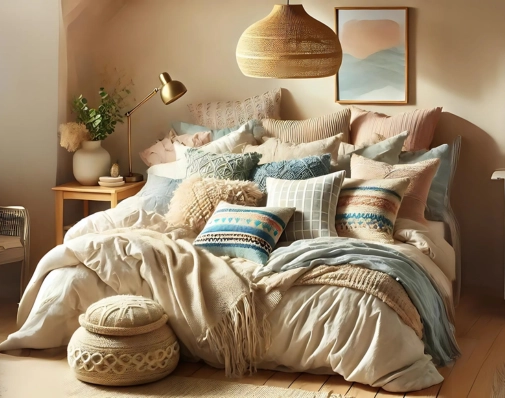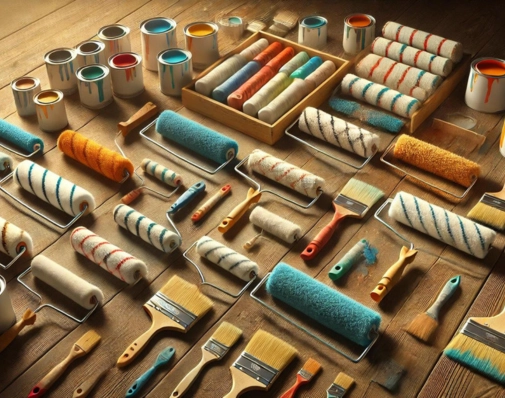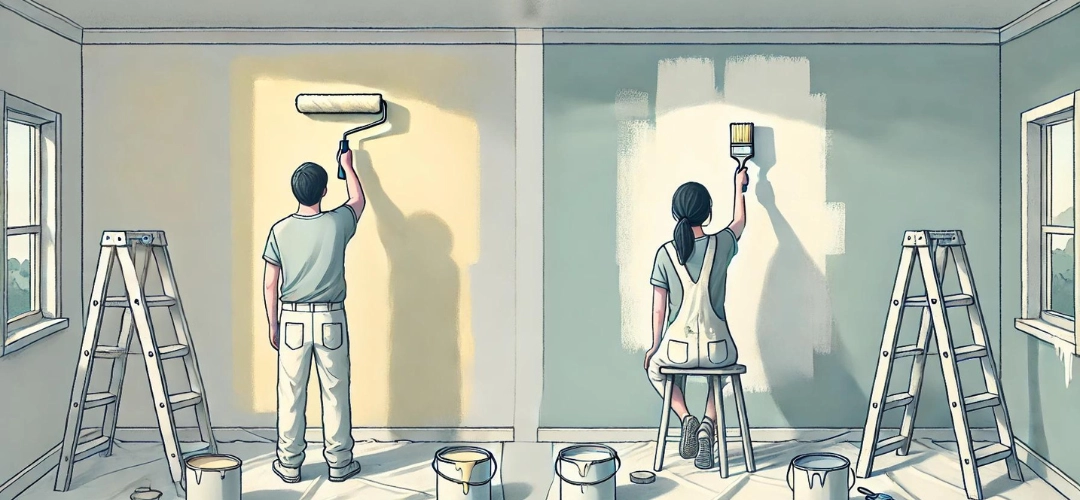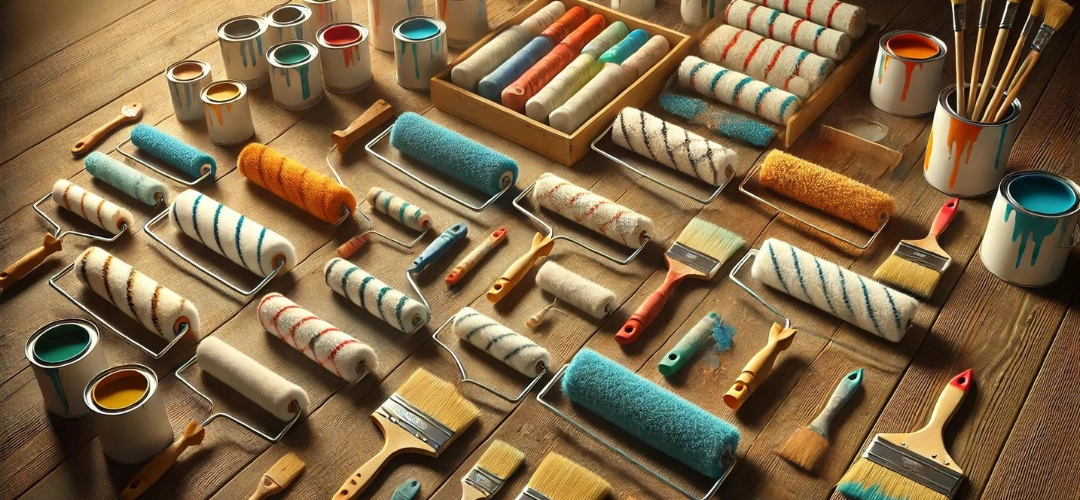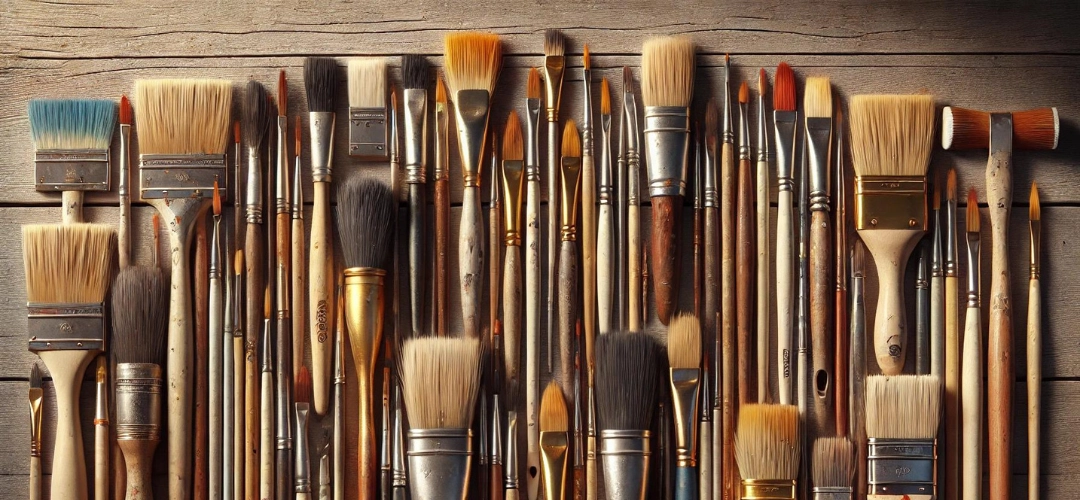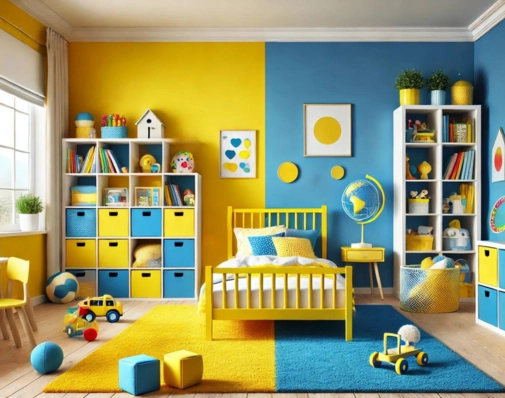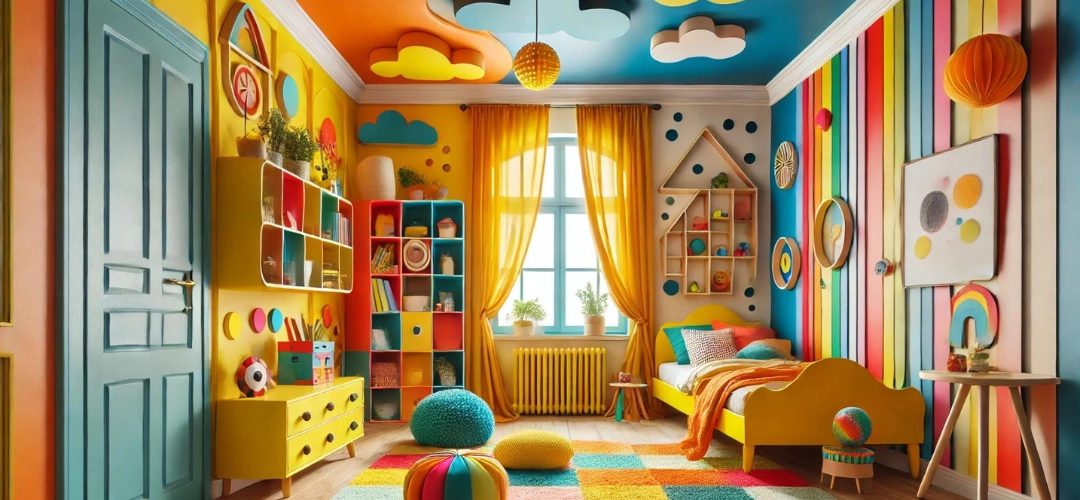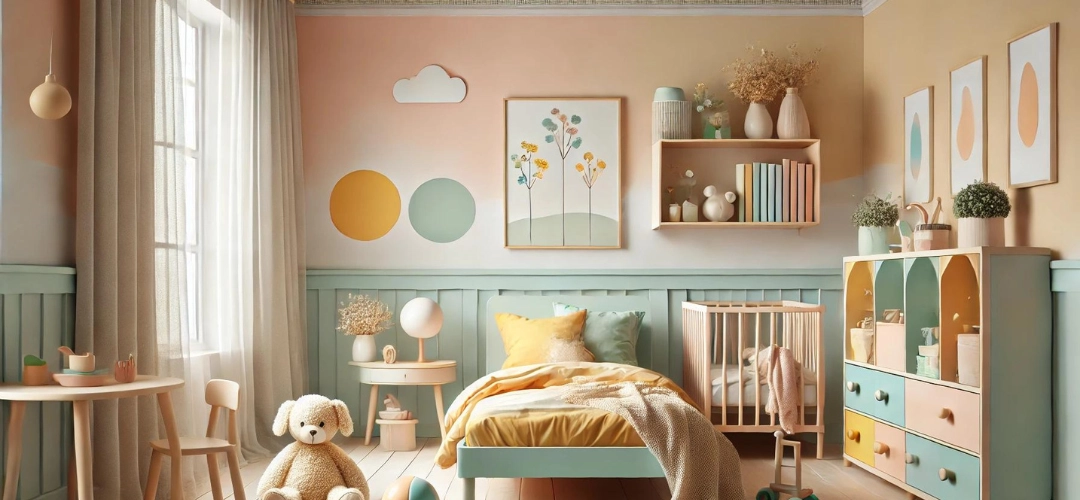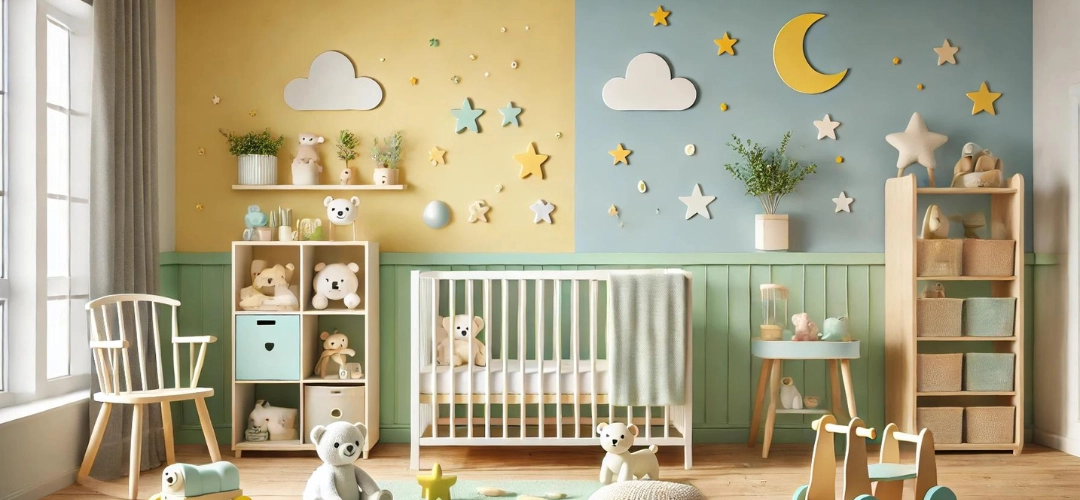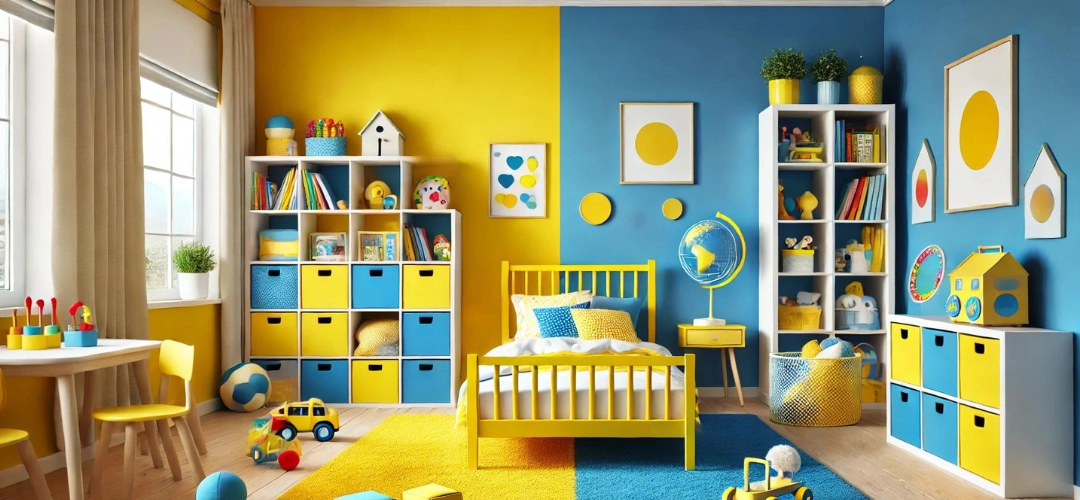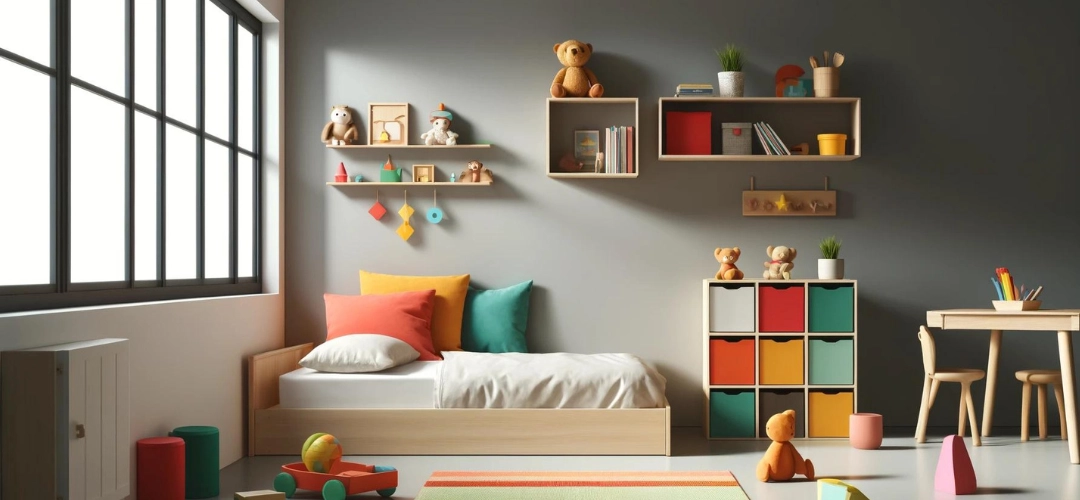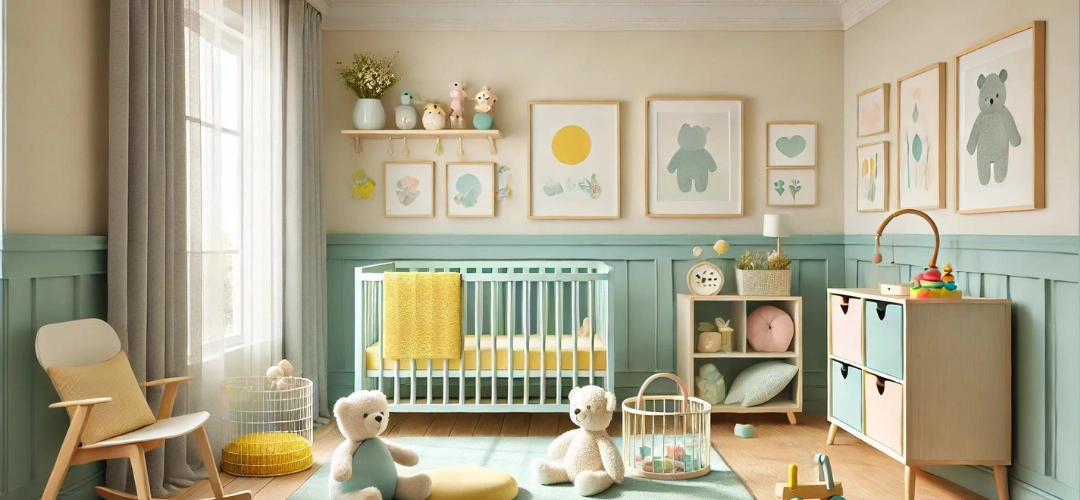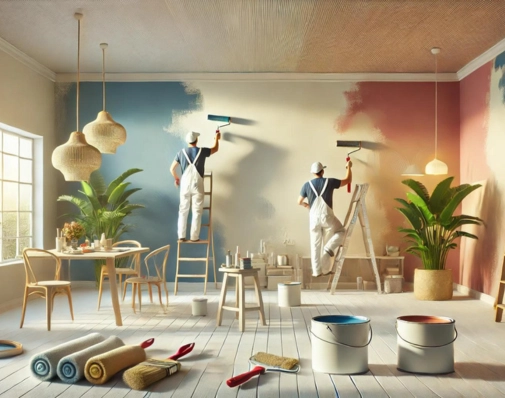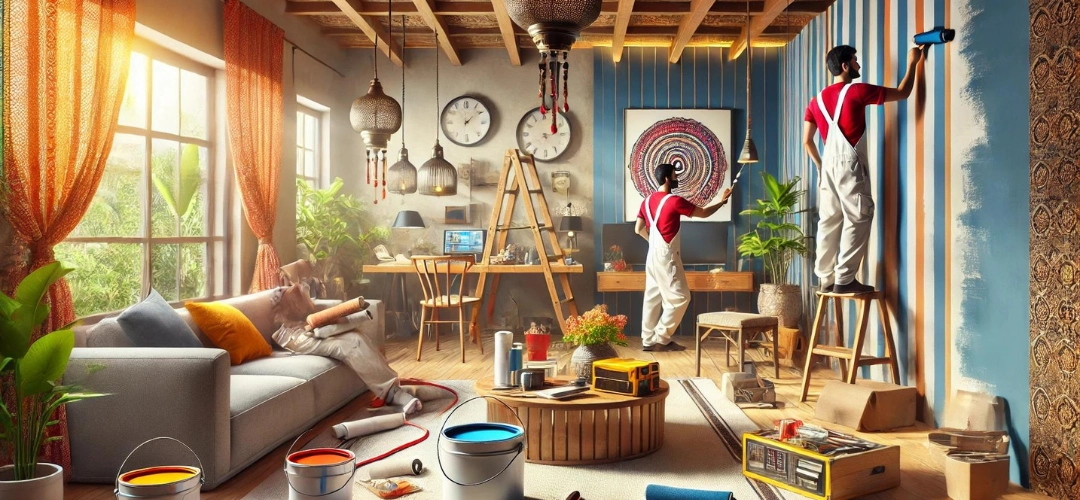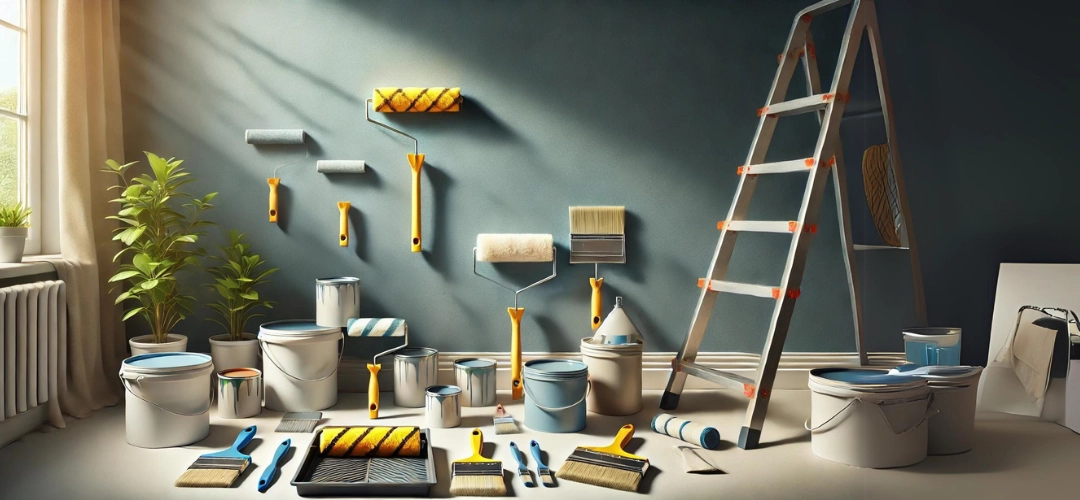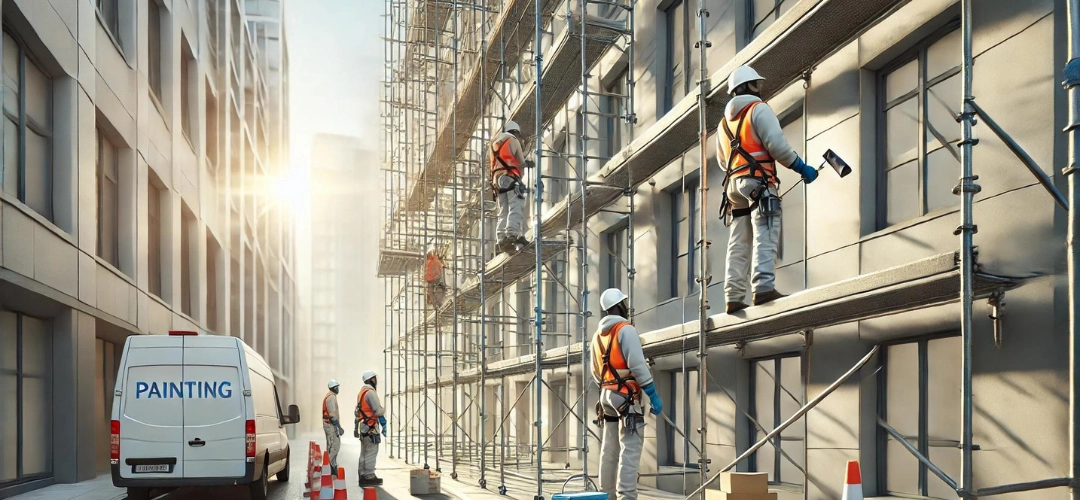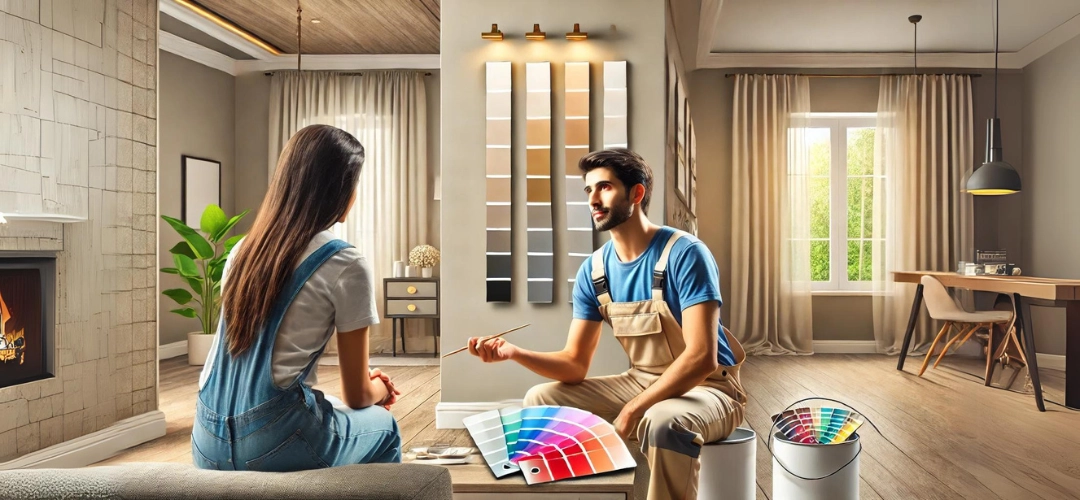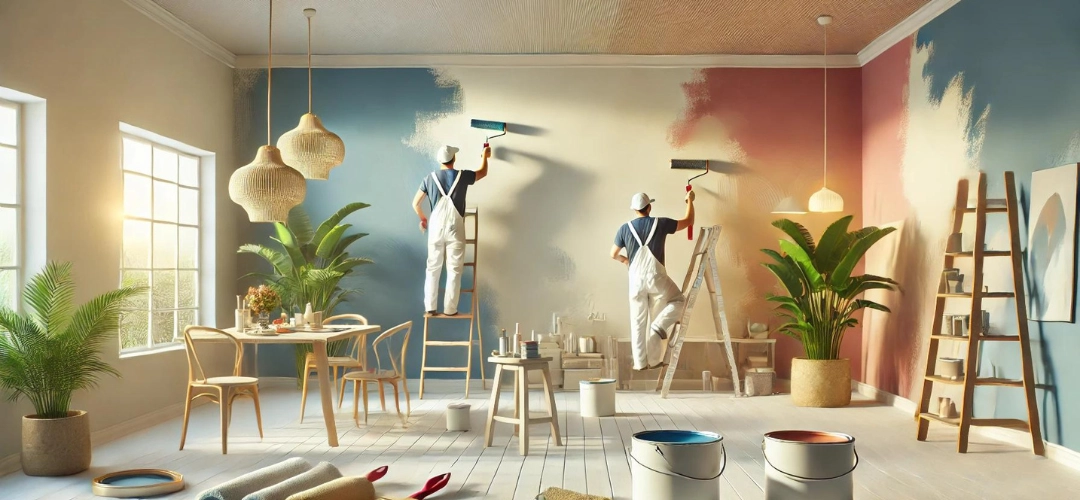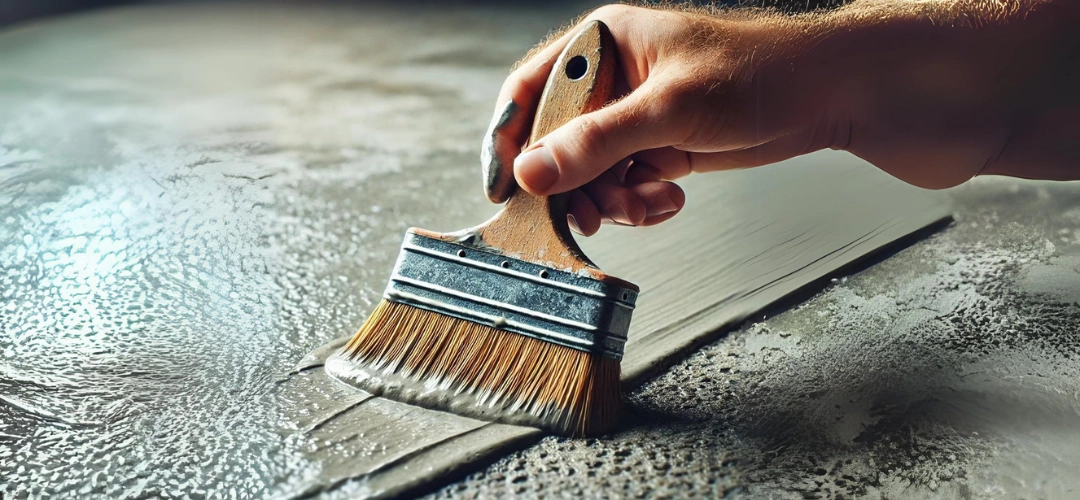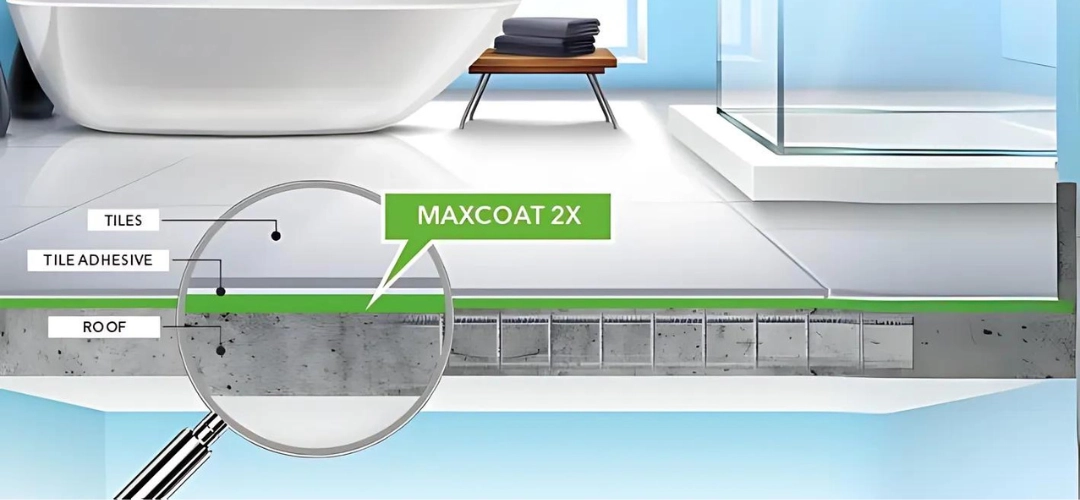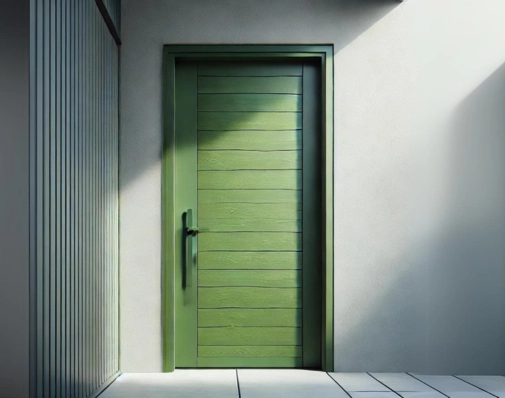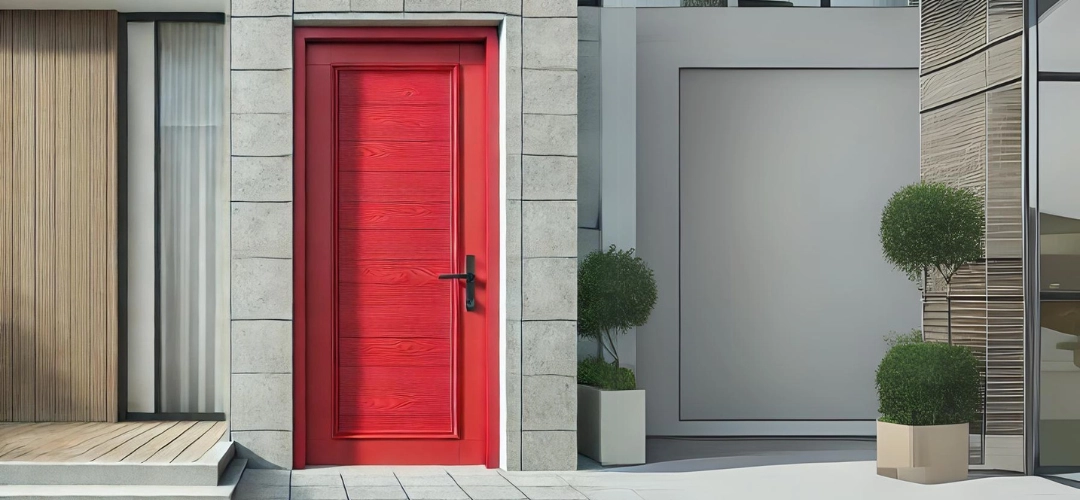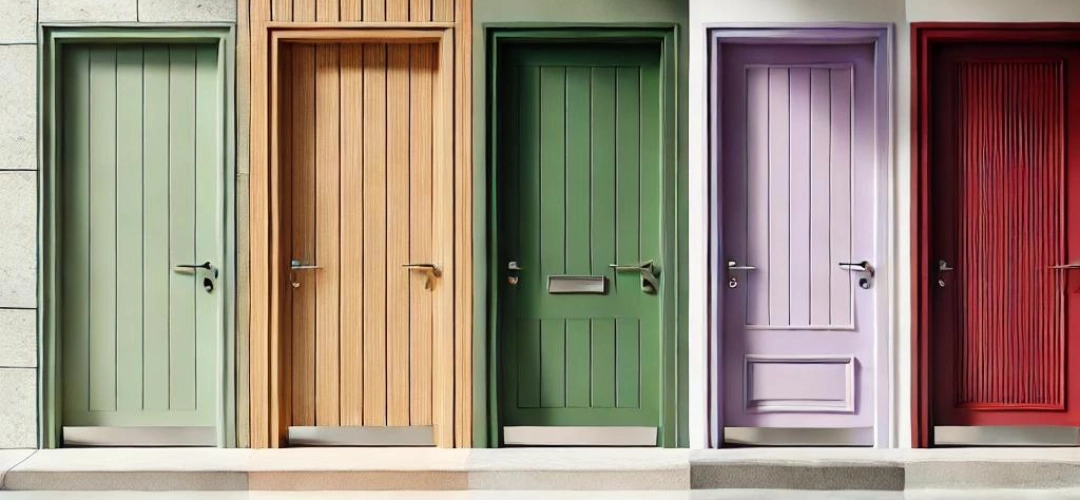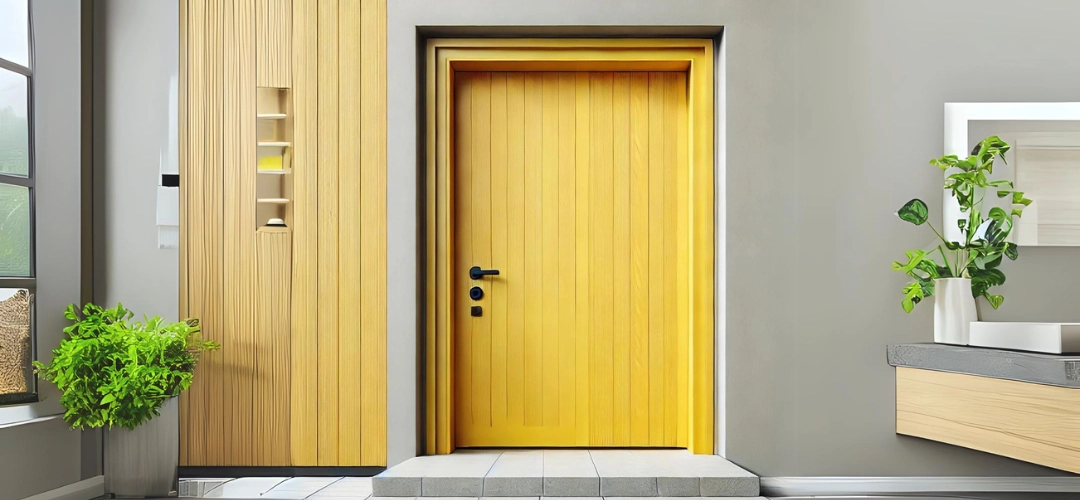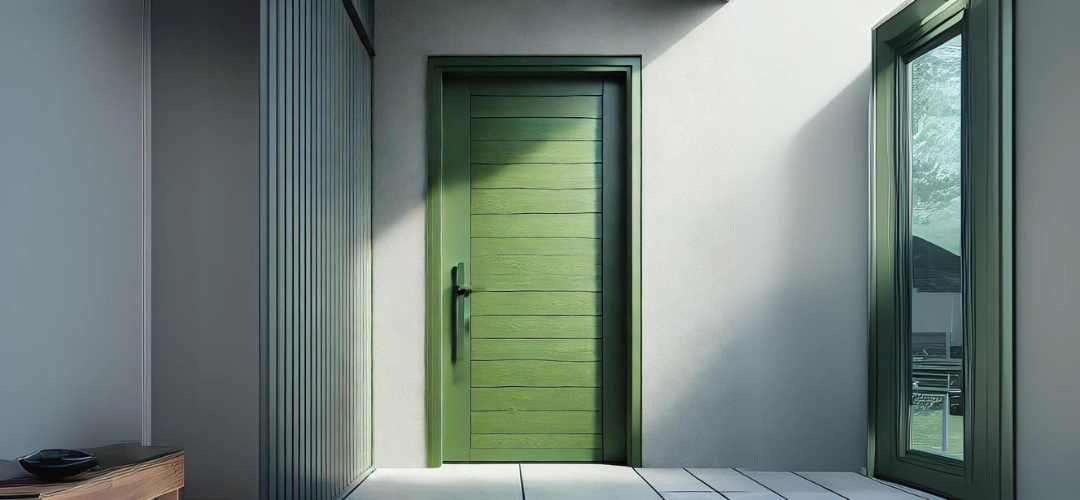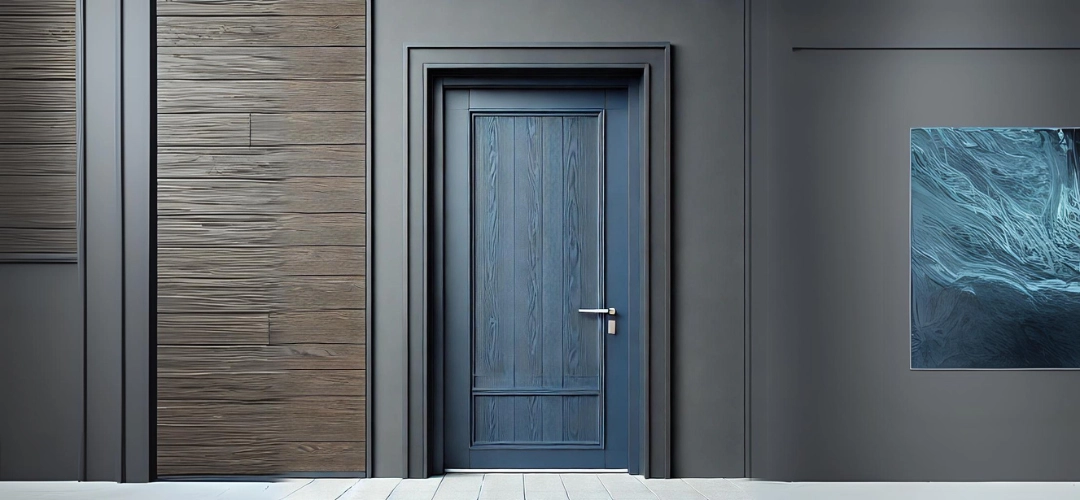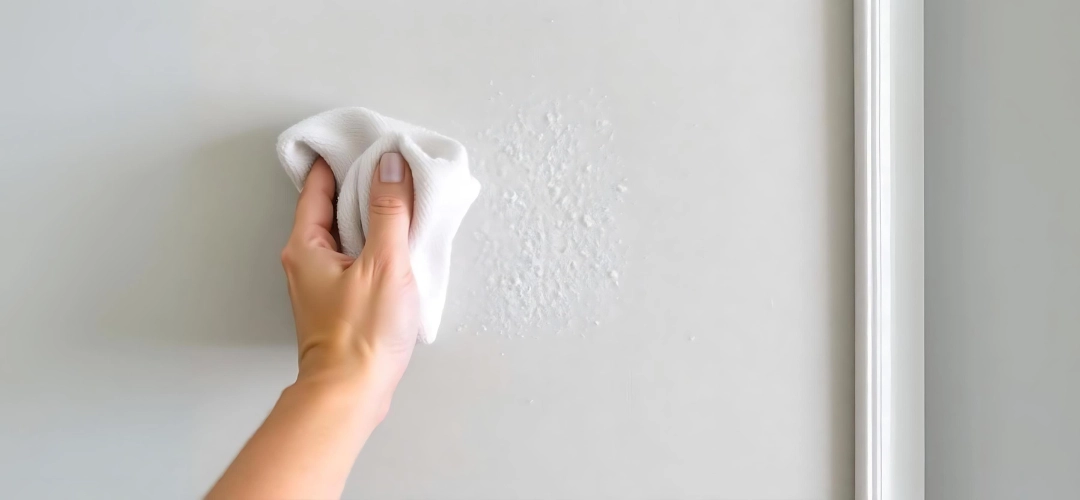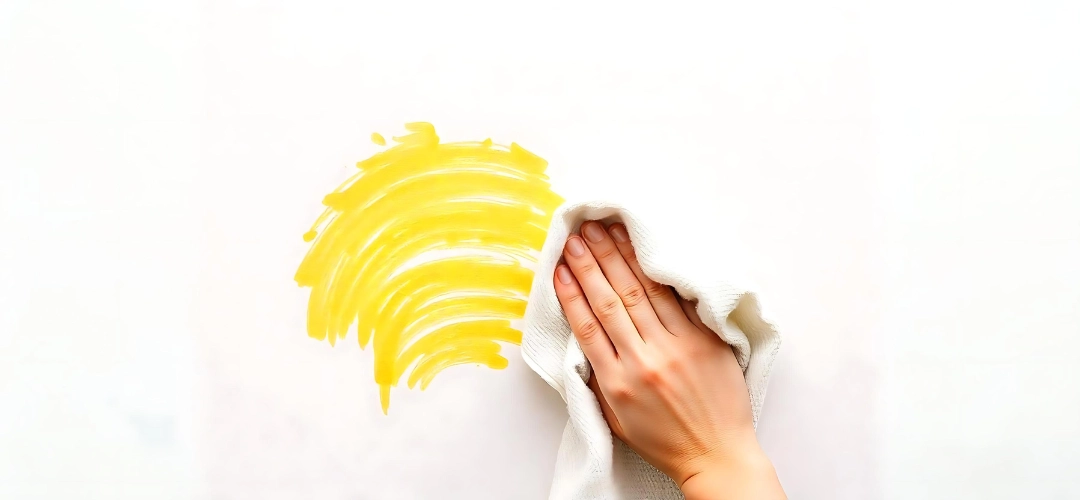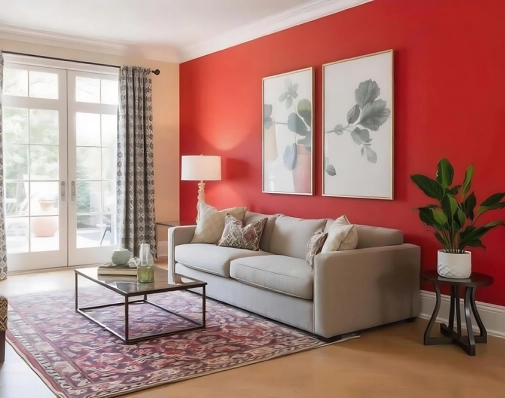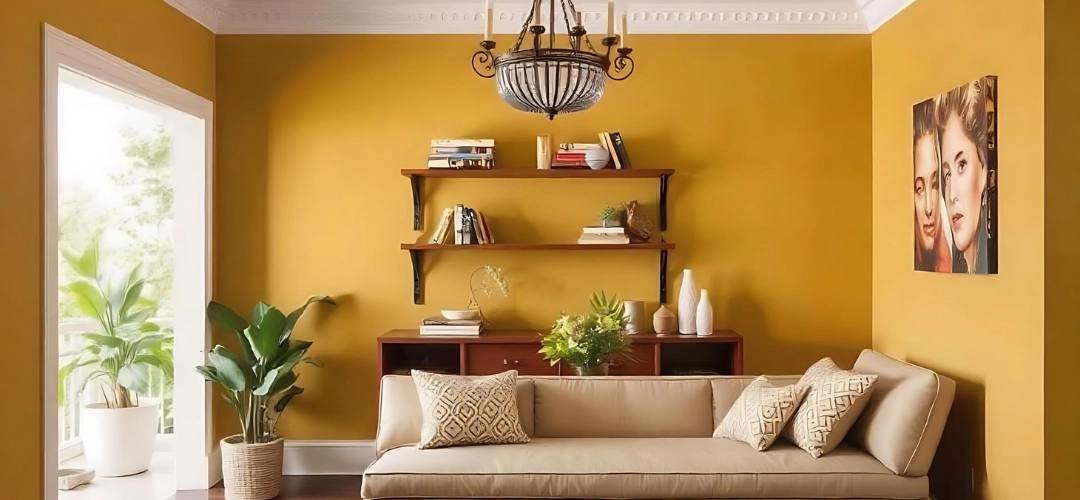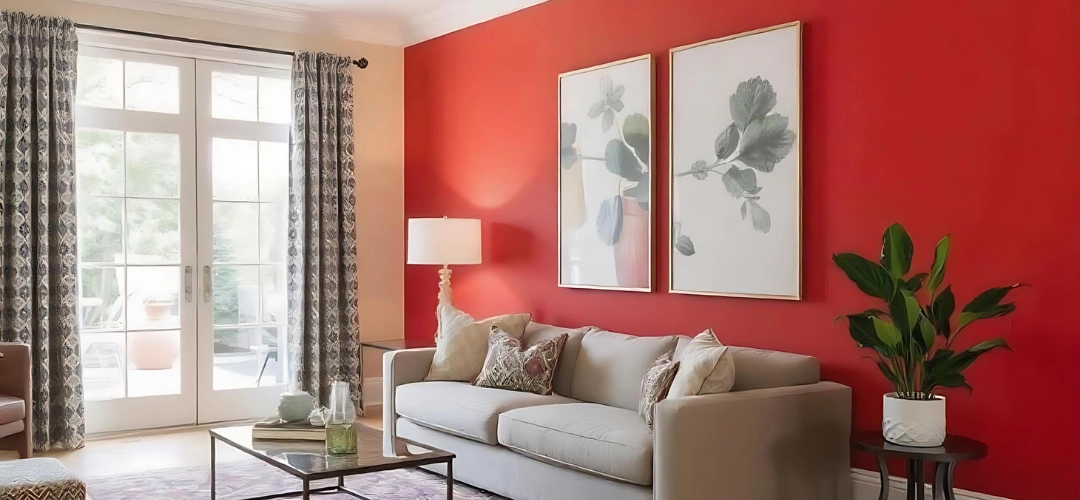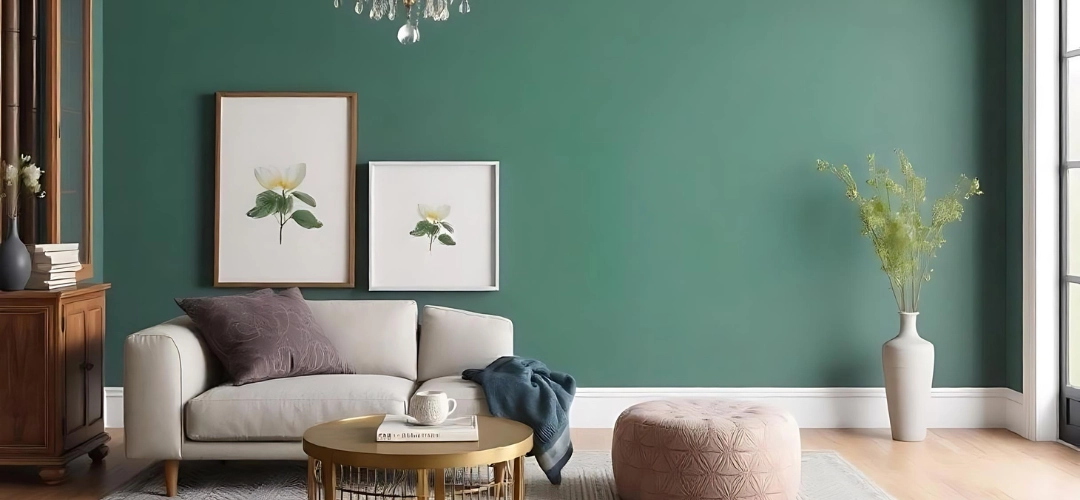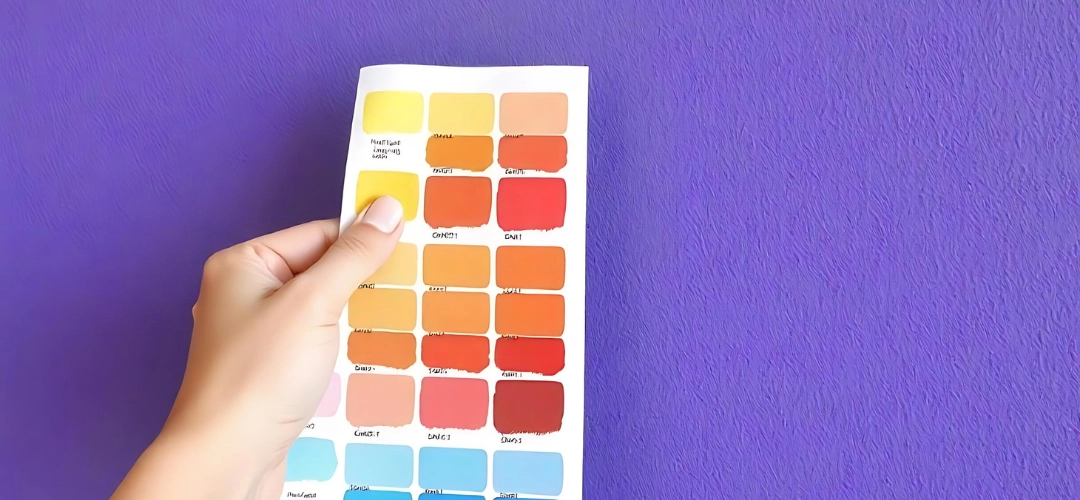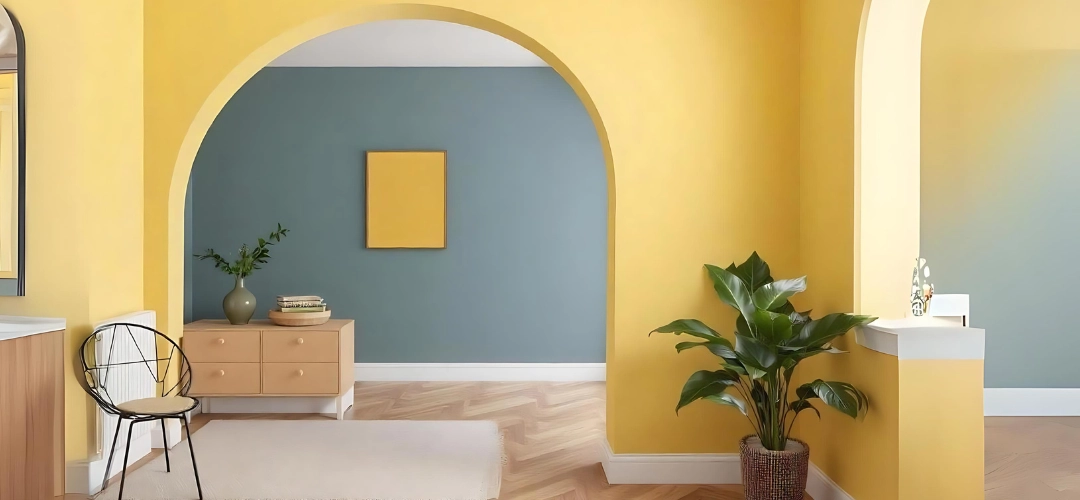Lighting Ideas for a Serene Bohemian Bedroom Atmosphere
Lighting plays a crucial role in creating the perfect atmosphere in any bedroom, but it’s especially important when you’re aiming for a serene, Bohemian vibe. Bohemian design emphasises comfort, natural elements, and eclectic touches. In this guide, we’ll explore various lighting ideas to help you craft a peaceful and stylish Bohemian bedroom.
Why Lighting is Important for Creating a Serene Atmosphere
Lighting sets the mood and ambiance of a space. In a bedroom, especially one designed with a Bohemian aesthetic, the right lighting can enhance relaxation and create a calming retreat. Soft lighting can blur the edges of a room, highlight key décor, and make the space feel warmer. For a serene Bohemian bedroom, you should aim for lighting that feels natural, warm, and inviting, avoiding harsh or overly bright light.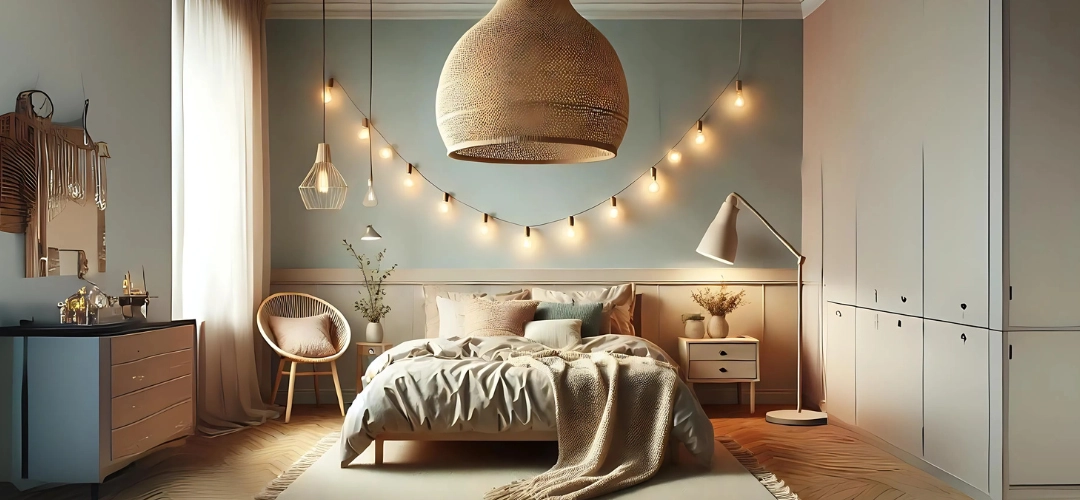
Types of Lighting Fixtures for a Bohemian Bedroom
A Bohemian bedroom encourages a mix of different lighting fixtures. Some popular types include:- Pendant lights: Suspended from the ceiling, pendant lights can be made of natural materials like rattan or wicker, blending perfectly with the earthy, eclectic style of a Boho room.
- Floor lamps: Tall floor lamps with soft, diffused light are ideal for creating cosy corners or reading nooks in your bedroom.
- String lights: Often used in Bohemian décor, string lights can create a whimsical, dreamy atmosphere. Drape them over the bed, along a wall, or above a window.
- Table lamps: Choose table lamps with warm, textured shades or unique bases to add character to your bedside tables or dressers.
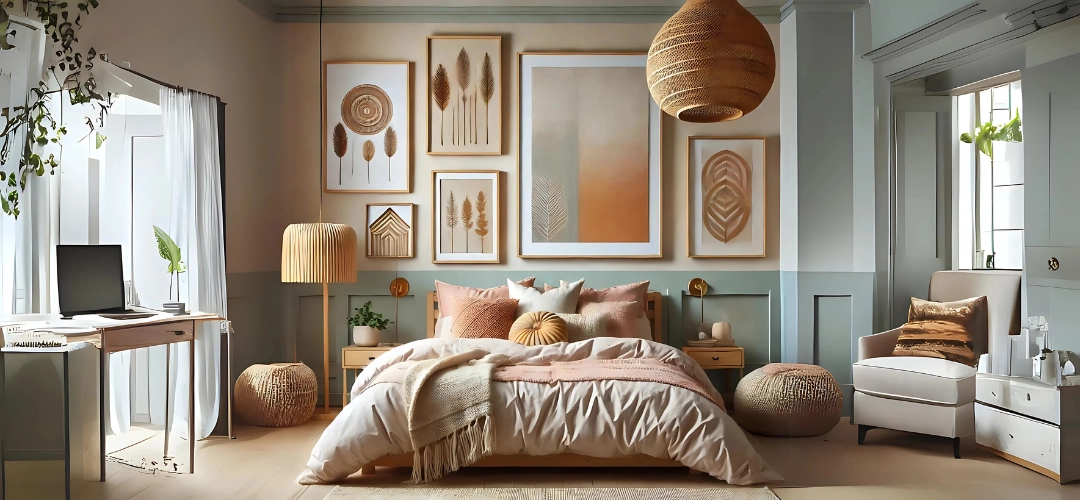
Natural Lighting Ideas for a Serene Atmosphere
Natural light is one of the best ways to create a serene and inviting atmosphere in a Bohemian bedroom. Maximising natural light during the day can help the room feel more open and airy. Here are some tips to enhance natural lighting:- Use light curtains: Opt for sheer or light-coloured curtains that allow sunlight to filter through while maintaining privacy.
- Position mirrors strategically: Mirrors reflect natural light and can make the space feel brighter and larger. Place mirrors across from windows to bounce light around the room.
- Consider window treatments: Use blinds that allow you to control the amount of light entering the room without blocking it entirely.
Artificial Lighting Ideas for a Serene Atmosphere
Artificial lighting is essential for the evening or when natural light is limited. To maintain a serene Bohemian atmosphere, choose warm, soft lighting options:- Fairy lights: These small string lights create a magical ambiance and work well draped around bed frames, windows, or shelves.
- Lanterns: Lantern-style lighting, particularly those made from natural materials like bamboo or metal, can cast soft, warm light and add a touch of Bohemian charm.
- Himalayan salt lamps: These lamps emit a soft, pinkish-orange glow that is calming and perfect for creating a peaceful space.
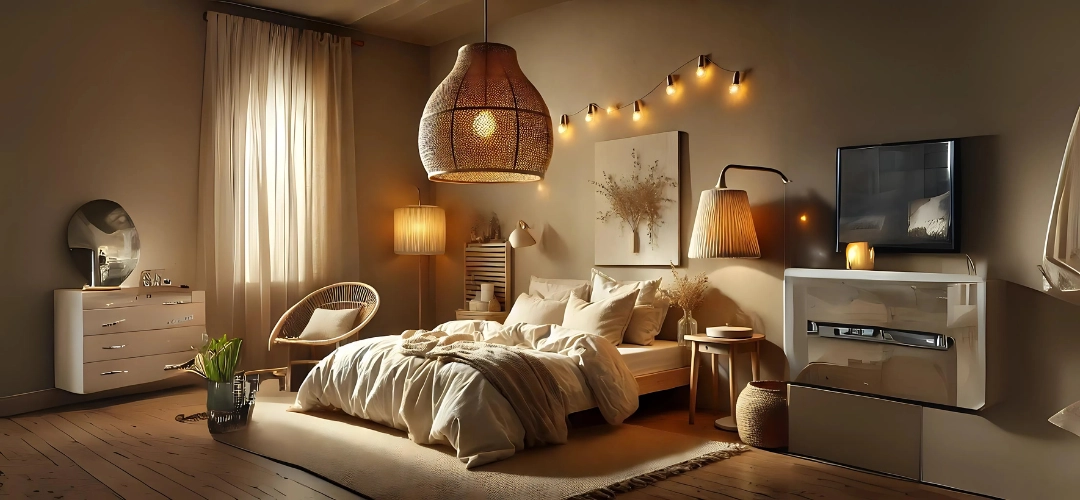
Choosing the Right Light Bulbs for a Bohemian Bedroom
Light bulbs play a significant role in determining the mood of the room. In a Bohemian bedroom, you’ll want to avoid cool or bright white bulbs, which can feel too stark. Instead, opt for:- Warm white bulbs: These provide a soft, comforting glow that is perfect for creating a relaxing space.
- Edison bulbs: Known for their vintage look and warm, amber glow, Edison bulbs fit well with Bohemian décor and add a rustic touch.
- Low-wattage bulbs: These bulbs produce dimmer light, enhancing the cosy, serene feel of the room.
Creative Lighting Arrangements and Techniques
The way you arrange your lighting can have a big impact on the overall feel of the room. Here are some creative ideas to consider for a Bohemian bedroom:- Layering lights: Combine different types of lighting, such as table lamps, pendant lights, and string lights, to create a multidimensional look.
- Highlighting specific areas: Use lighting to accentuate certain areas, like a cosy reading nook or a piece of art, giving the room an eclectic, curated feel.
- Hanging pendant lights low: Bohemian design often features low-hanging lighting, especially above nightstands or seating areas, to create a more intimate, serene vibe.
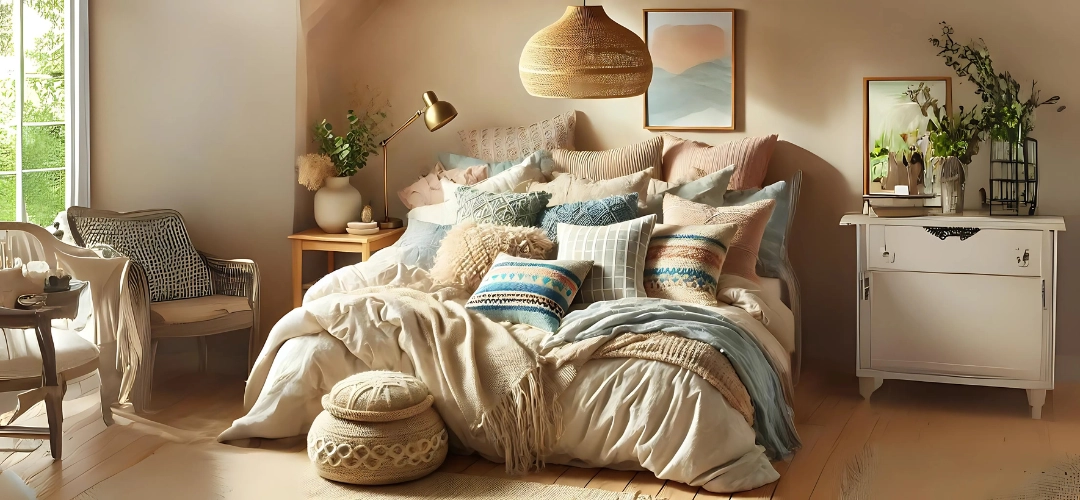
DIY Lighting Projects for a Bohemian Bedroom
If you want to add a personal touch to your Bohemian bedroom, consider creating your own lighting fixtures. Here are some DIY ideas:- Macrame light shade: Craft a macramé shade to hang over a lightbulb for a soft, diffused glow that adds texture and character to the room.
- Repurposed glass jars: Use old glass jars or bottles as lanterns by placing candles or fairy lights inside, adding a rustic, Bohemian touch.
- Beaded chandelier: Make a chandelier out of wooden or colourful beads to add a playful, eclectic element to your lighting.
Incorporating Plants and Greenery into Your Lighting Design
Plants and lighting are a perfect combination for a serene Bohemian bedroom. Greenery can soften lighting and create a calming atmosphere. Some ways to incorporate plants and lighting include:- Hanging plants with lights: Combine string lights with hanging plants for a magical, nature-inspired look. Drape the lights around plant baskets or shelves.
- Light-filled terrariums: Place small fairy lights inside glass terrariums filled with plants or crystals for a soft glow and natural décor.
- Table lamps with plant bases: Choose lamps that incorporate plant stands or have bases that allow you to place small pots for a truly Bohemian touch.
